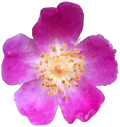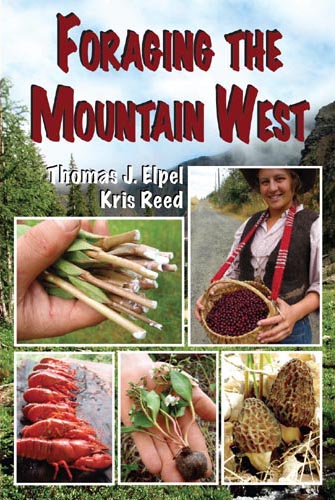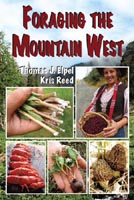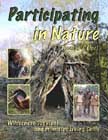| Thomas J. Elpel's Web World Portal  Wildflowers & Weeds 
|  Wildflowers-and-Weeds.com Plant Identification, Edible Plants, Weed Ecology, Mushrooms, and more. Home | Plant Identification | Plant Families Gallery | Edible Plants | Mushrooms | Links Desertification & Weed Ecology | Weed Profiles | E-Mail | Search this Site |
|

Caryophyllaceae The next time you see a carnation or pink (Dianthus), stop and examine the vegetation and the flower. The coarse, durable stem and leaves are characteristic of this family. The leaves are usually positioned opposite on the stems, but are sometimes whorled. Members of the Pink family have regular, bisexual flowers with 5 sepals (rarely 4). The sepals can be united or separate. There are 5 separate petals (rarely 4, or sometimes numerous in domestic varieties). The petals are often split at the ends. There are 5 or 10 stamens (rarely 3 or 4), appearing in one or two whorls. The ovary is positioned superior and consists of 2 to 5 (rarely 1) united carpels (syncarpous) forming a single chamber. (Silene is apocarpous.) The ovary matures as a dry capsule with numerous seeds and opens by valves at the top. Worldwide, there are about 80 genera and 2,000 species. About 20 genera are found in North America. Key Words: Please e-mail Thomas J. Elpel to report mistakes or to inquire about purchasing high resolution photos of these plants.
There are more
Return to the Plant Families Index |
|
Looking for life-changing resources? Check out these books by Thomas J. Elpel:
|
|
|



















